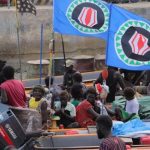On May 22nd 2025, news of North Korea’s destroyer launch accident spread widely. One day before, on 21 May 2025, North Korea held a launching ceremony for a newly built 5,000-tonne-class destroyer at the Chongjin Shipyard. Coming less than a month after the launch of the Choe Hyon destroyer on April 25th, the event was intended as a grand celebration marking the upcoming Workers’ Party meeting, while also serving to showcase the nation’s power and deterrent capabilities.
However, despite being personally overseen by Kim Jong Un, the ceremony did not go entirely to plan. Let’s take a closer look at the causes and consequences of North Korea’s destroyer launch accident.
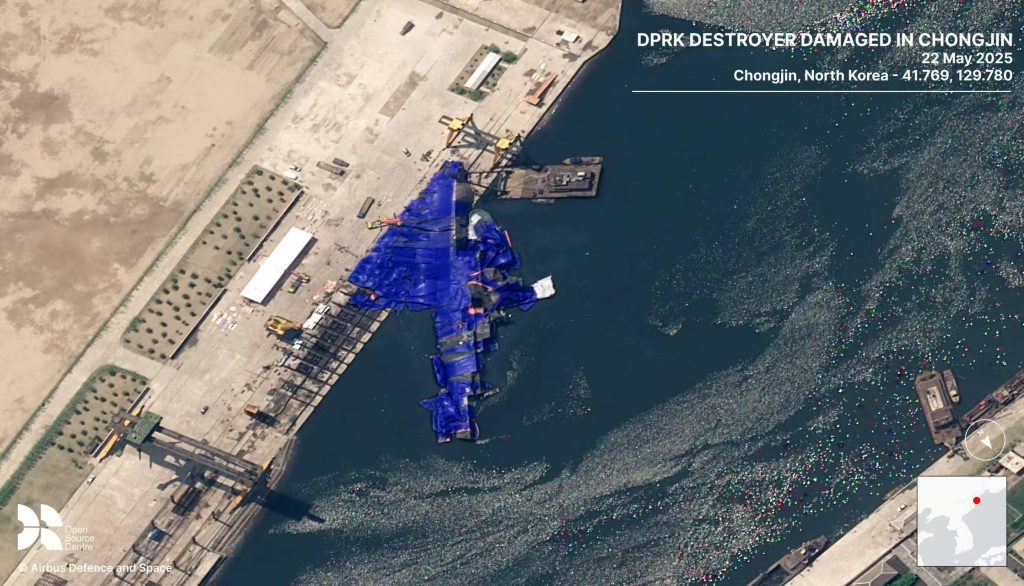
Table of Contents
What happened during North Korea’s Destroyer Launching Ceremony?
On 22 May 2025, North Korea’s state media reported a serious accident that occurred during the launch of its newly built 5,000-tonne-class destroyer. Although it was indeed an accident, the incident was not concealed.
North Korea could have chosen to suppress the news and only report positive developments, but instead opted to release information about the mishap, just as it did following the failed launch of a military reconnaissance satellite. This could be seen as a form of progress for North Korea; after all, admitting to problems oneself is better than letting the United States or South Korea break the news first.
No images were released with the report, leaving us unable to see the scene for ourselves. As the incident happened unexpectedly, commercial satellite imagery is also difficult to obtain. As a result, we cannot accurately describe the specific circumstances of the accident.

What Led the North Korea’s destroyer launch accident?
According to the official North Korean news report, the main issue that led North Korea’s destroyer launch accident was a “failure to ensure the parallel alignment of the base platform movement.”
As a result, “the rear launch cradle detached from its supports prematurely, causing a rupture in part of the hull and leading to an imbalance in the vessel. The bow section remained stuck on the slipway.” From this description, we can roughly piece together what happened: the ship tilted, likely with its bow raised, and the hull was damaged, possibly letting in water. It was, in a way, like a baby being born feet first.
On May 23rd, North Korea announced the result of the latest investigation. “Unlike the initial announcement, there were no holes made at the warship’s bottom, the hull starboard was scratched and a certain amount of seawater flowed into the stern section through the rescue channel.”
At what was meant to be a carefully orchestrated ceremony, this was clearly an accident. It was supposed to be a celebratory occasion, yet midway through, the destroyer was unexpectedly injured, and the celebration was cut short. So, with Kim Jong Un present at the scene and witnessing the mishap first-hand, it was hardly surprising that he lost his temper.
During the launching ceremony of the first ship of the new 5,000-tonne-class, the Choe Hyon, the vessel had already been launched and moored at the berth before the ceremony began, with all preparations in place. However, this time, the event included a live launch from the dock as part of the ceremony. Had it gone smoothly, the spectacle would have been impressive. But no one anticipated that something would go wrong.
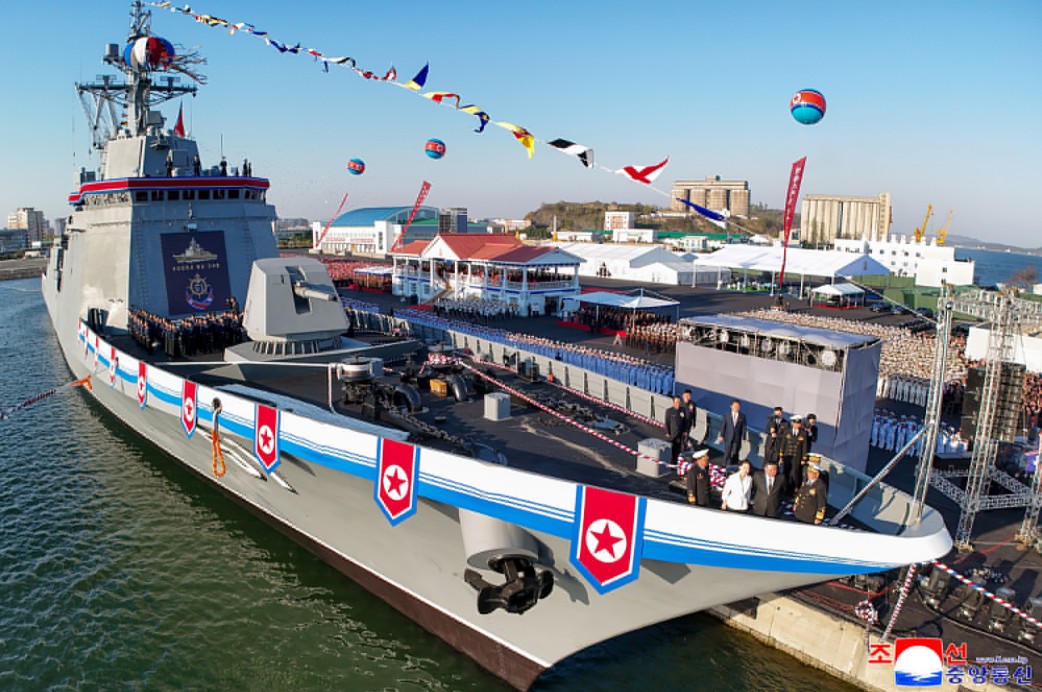
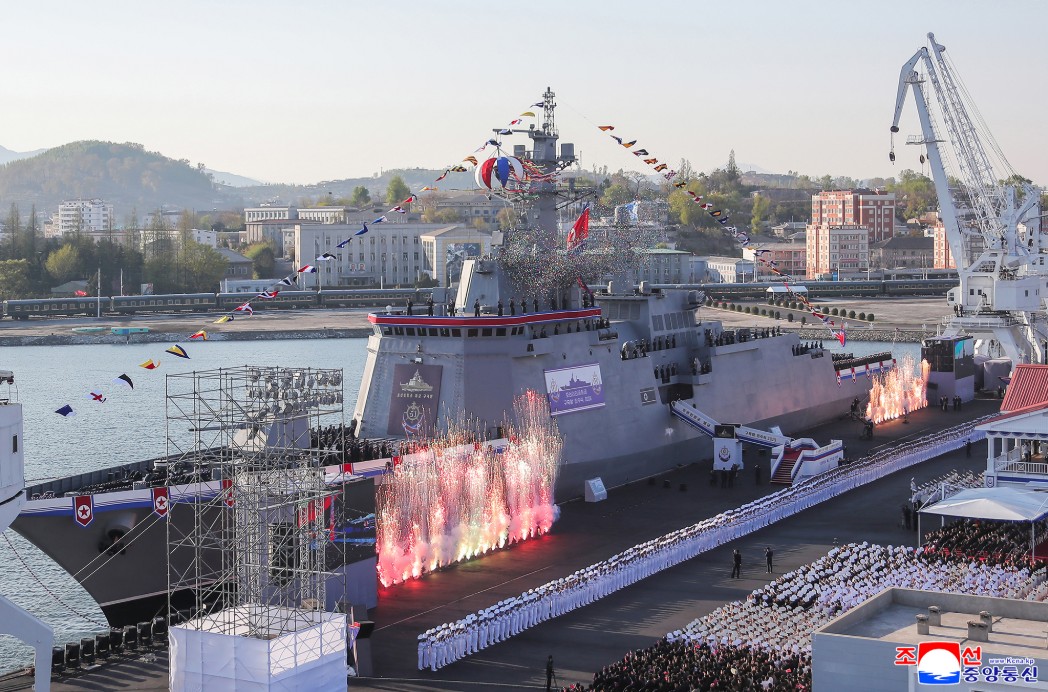
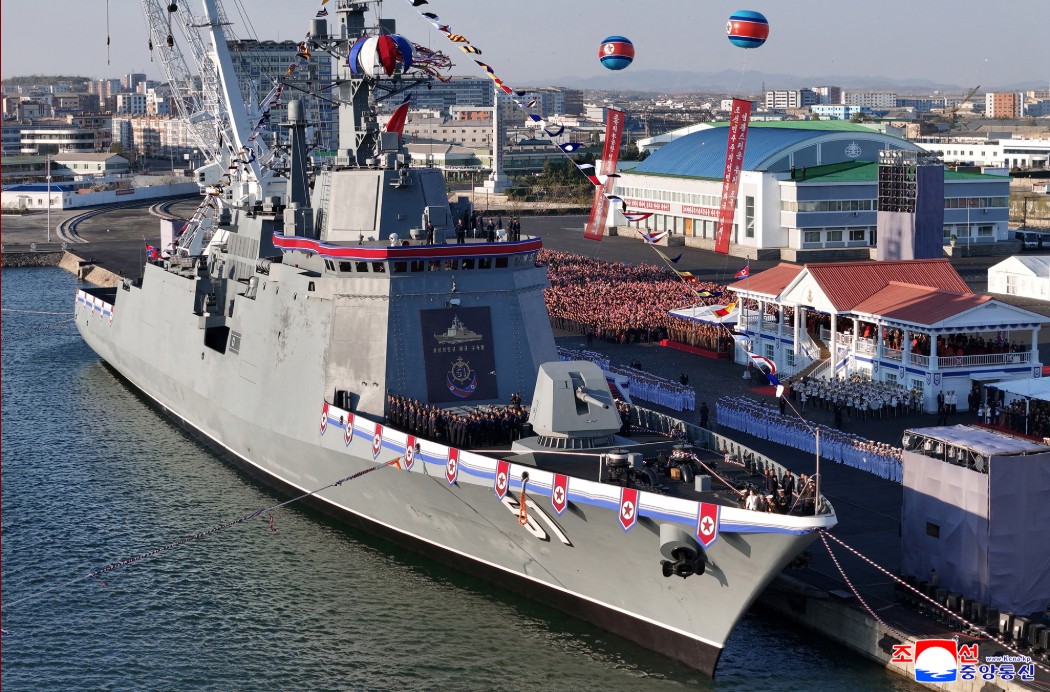
So, where did things go wrong? Kim Jong Un gave an immediate assessment on the spot: “Inadequate command and careless execution.” He wasted no time in elevating what was a technical mishap to a matter of personal accountability, declaring that “this incident was entirely caused by carelessness, irresponsibility, and unscientific empiricism. It is a grave and unacceptable accident, tantamount to a criminal act.”
What Will Happen After North Korea’s destroyer launch accident?
Such a characterisation clearly signals harsh punishment. However, it is unlikely that the majority of the shipyard’s working class will bear the brunt. More likely, senior managers, those overseeing the launch, and associated technical personnel will be the first to be investigated after North Korea’s destroyer launch accident.
What angered the Marshal was not merely the failed launch itself, but the broader damage it inflicted on “the dignity and self-respect of the Democratic People’s Republic of Korea.”
While the failure to launch the vessel may have been a technical issue, the loss of face and bruised pride were, in Pyongyang’s view, political problems. And when such problems arise, someone must be held responsible.
Kim Jong Un personally named the guilty parties at the scene, laying full blame on “the Ministry of Munitions Industry, the Mechanics Research Institute of the State Academy of Sciences, Kim Chaek University of Technology, the Central Ship Design Institute, and relevant personnel from the Chongjin Shipyard.”
He demanded that the serious errors of these parties be formally investigated at the upcoming 12th Plenary Session of the 8th Central Committee. In other words, the fallout from this incident is wide-ranging and punishment will vary in severity – some will face sentencing as early as May, while others may anxiously await suspended judgments in June.
And what of the new warship? It will, of course, be repaired. And this too has now been elevated to a matter of political urgency.
Kim Jong Un stated plainly that “repairing the destroyer swiftly is not simply a technical task but a political issue directly tied to the authority of the state,” demanding that the work be completed “unconditionally” before the 12th Plenary Session convenes. With, at most, 40 days remaining, this is no small feat. Yet North Korea is a country well-versed in creating all manner of “miracles.” Once the Marshal gives an order, no miracle is deemed impossible. Why the rush? Because this failure “must not overshadow the loyalty and labour of the working class”.
Conclusion
Although North Korea’s naval build-up is said to have been established during the 8th Congress of the Workers’ Party in January 2021, it has only truly gathered pace over the past two years. Having achieved significant progress in a short period, quality issues might have been overlooked.
On YPT’s North Korea tours, you have the opportunity to visit the Victorious Fatherland Liberation War Museum to learn about North Korea’s military history. You can also engage with local guides to gain insights into the latest military developments.
Click YPT’s North Korea tour page to find out more.




